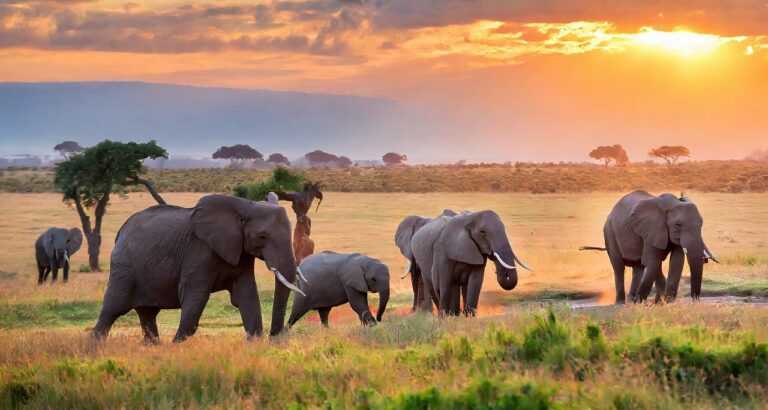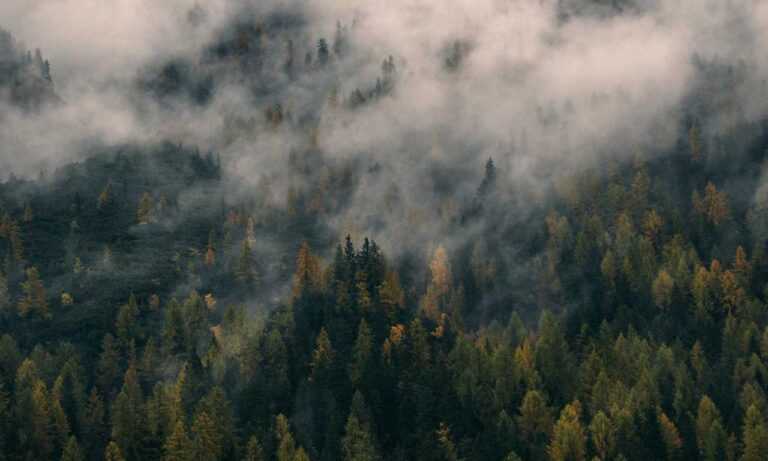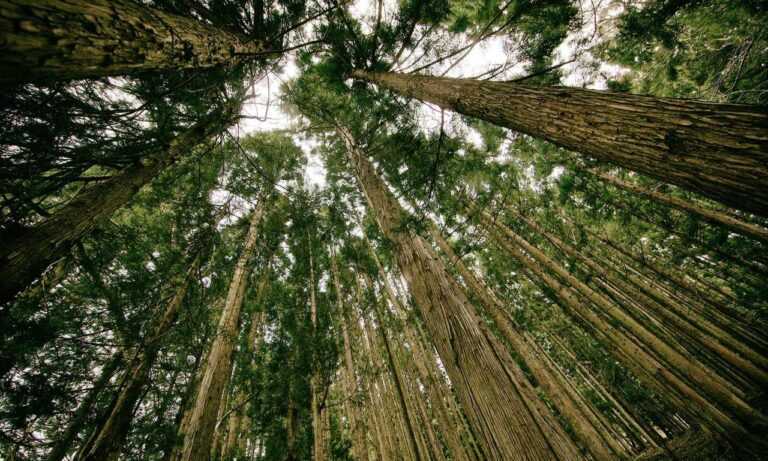Living in concrete jungles, we often yearn for a touch of greenery amidst the urban landscape. That’s where the concept of vertical forests comes into play. Imagine towering skyscrapers adorned not just with glass and steel, but with lush vegetation cascading down their facades. These innovative architectural marvels are revolutionizing the way we perceive urban living by seamlessly blending nature with modern infrastructure.
As I delve into the world of vertical forests, I’ll explore how these green giants are not just visually stunning but also offer a host of environmental benefits. From purifying the air to providing habitats for wildlife, these vertical forests are more than just a sight to behold – they are a step towards sustainable urban development. Join me on this journey as we uncover the beauty and functionality of vertical forests and how they are reshaping the future of our cities.
Exploring the Concept of Vertical Forests
As I delve into the concept of vertical forests, let’s unravel the essence of these green marvels that blend seamlessly with urban landscapes.
- What Are Vertical Forests?
Vertical forests are innovative architectural structures that integrate trees, plants, and greenery into high-rise buildings, creating a vertical landscape that mimics a natural forest environment. These green buildings not only enhance the aesthetic appeal of urban areas but also offer a range of environmental benefits. - The Origin of Vertical Forests
The concept of vertical forests originated from the visionary mind of architect Stefano Boeri, who introduced the idea of incorporating vegetation into skyscrapers to combat air pollution and promote sustainability in densely populated cities. Boeri’s pioneering designs have inspired a new wave of eco-friendly architecture aimed at harmonizing nature and modern urban living.
Benefits of Vertical Forests in Urban Areas
Vertical forests offer numerous advantages in urban settings, ranging from environmental benefits to social and health advantages. Let’s delve into the specific benefits they bring:
Environmental Benefits
Enhancing air quality is one of the primary environmental benefits of vertical forests. These green structures act as natural air filters, absorbing carbon dioxide and pollutants while releasing oxygen, thereby contributing to cleaner and healthier urban atmospheres.
Vertical forests also play a crucial role in biodiversity conservation within cities. By providing habitats for birds, insects, and other wildlife, these structures promote urban ecological balance and support the preservation of various species in densely populated areas.
Moreover, vertical forests aid in mitigating the urban heat island effect by reducing surface temperatures and lowering energy consumption for cooling buildings. Their greenery helps regulate temperatures, improve energy efficiency, and create more sustainable urban environments.
Social and Health Benefits
Vertical forests enhance the quality of life for urban residents by offering green spaces that promote relaxation, recreation, and social interaction. These verdant environments provide opportunities for leisure activities, exercise, and mental rejuvenation, contributing to improved overall well-being.
Additionally, the presence of vertical forests in urban areas has shown positive impacts on mental health, reducing stress levels and enhancing emotional well-being. Access to green spaces within city limits has been linked to decreased anxiety and increased feelings of happiness and tranquility among residents.
Furthermore, vertical forests contribute to community engagement and environmental awareness by serving as educational resources on sustainable living practices and the importance of green spaces in urban planning. They foster a sense of environmental stewardship and encourage residents to adopt eco-friendly lifestyles, promoting a more sustainable and greener future for urban populations.
Challenges and Considerations
When it comes to vertical forests, I have found that certain challenges and considerations need to be addressed to ensure their successful integration into urban environments.
Structural and Maintenance Issues
Incorporating vertical forests into urban buildings poses structural challenges that must be carefully managed. The weight of soil, vegetation, and trees can place significant stress on the building’s framework, requiring innovative engineering solutions to ensure stability. Additionally, regular maintenance is crucial to prevent structural damage, such as leaks or cracks, and to preserve the health of the plant life within the vertical forest. Planning for ongoing maintenance, including irrigation systems and access for pruning or replacement of vegetation, is essential for the long-term sustainability of these green structures.
Economic Implications
The implementation of vertical forests also comes with certain economic implications that must be taken into account. Initial construction costs for integrating greenery into buildings can be higher compared to traditional structures due to specialized design requirements and technologies. However, over time, vertical forests can offer cost savings through improved energy efficiency by providing natural insulation and reducing the need for artificial heating and cooling systems. Moreover, vertical forests can enhance property values and contribute to a more attractive urban landscape, potentially leading to economic benefits for surrounding areas. It’s crucial to weigh these economic factors when considering the feasibility and long-term viability of vertical forests in urban settings.
Case Studies of Vertical Forests Around the World
I’ll delve into some compelling case studies that showcase the real-world impact of vertical forests.
Bosco Verticale in Milan, Italy
Living up to its name, Bosco Verticale, or Vertical Forest, stands tall in Milan, Italy, as a pioneering example of urban greenery. This innovative architectural project features two residential towers that host a total of over 900 trees, 5,000 shrubs, and 11,000 perennial plants. These green giants offer more than just visual appeal; they contribute significantly to air purification, biodiversity support, and energy sustainability within the city landscape.
Tao Zhu Yin Yuan in Taipei, Taiwan
Taking the concept of vertical forests to new heights, the Tao Zhu Yin Yuan in Taipei, Taiwan, represents a stunning fusion of nature and modern architecture. This residential skyscraper redefines sustainable living with its vertical garden facade that spirals upward, showcasing a variety of plant species. Beyond its aesthetic allure, the Tao Zhu Yin Yuan prioritizes environmental harmony, enhancing air quality, reducing carbon footprint, and promoting biodiversity in the midst of urban development.
Future Prospects of Vertical Forests
As we look towards the future of vertical forests, exciting technological advances are shaping the way these innovative structures are designed and implemented. These advancements are revolutionizing the way we integrate nature into our urban environments, offering enhanced sustainability and efficiency.
Technological Advances
I am particularly fascinated by the technological strides being made in vertical forest development. From the use of advanced irrigation systems to efficient facade materials that support plant growth, these innovations are crucial in ensuring the success and longevity of vertical forests. Additionally, the integration of smart technology and data analytics is optimizing plant care and energy usage, making vertical forests not just visually striking but also highly functional in their environmental objectives.
Expansion in Global Cities
The expansion of vertical forests in global cities signifies a promising trend towards more sustainable urban development practices. Cities around the world are increasingly adopting vertical forest concepts to combat air pollution, enhance biodiversity, and promote green living spaces. This expansion not only benefits the local environment but also sets a precedent for future urban design, emphasizing the importance of integrating nature into city planning for a more harmonious coexistence between urbanization and green spaces.










































































































































































































 Carolyna Riteralo is a passionate contributor to the project, focusing on sustainable urban development. With her background in architecture and urban planning, she provides valuable perspectives on integrating green spaces and eco-friendly designs into urban environments. Carolyna works collaboratively with the team to implement strategies that enhance community well-being and foster a connection with nature. Her dedication to creating greener cities makes her a vital member of the project, as she helps shape initiatives that promote resilience and improve the quality of urban life.
Carolyna Riteralo is a passionate contributor to the project, focusing on sustainable urban development. With her background in architecture and urban planning, she provides valuable perspectives on integrating green spaces and eco-friendly designs into urban environments. Carolyna works collaboratively with the team to implement strategies that enhance community well-being and foster a connection with nature. Her dedication to creating greener cities makes her a vital member of the project, as she helps shape initiatives that promote resilience and improve the quality of urban life.